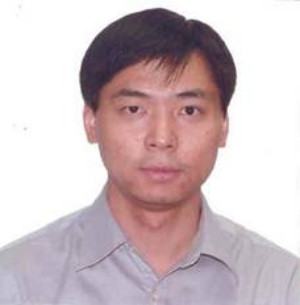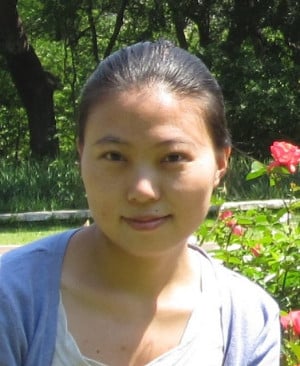Big Visual Data Processing and Analytics
A special issue of Journal of Imaging (ISSN 2313-433X).
Deadline for manuscript submissions: closed (30 April 2017) | Viewed by 20810
Special Issue Editors
Interests: data science; big data analytics, geometry and topology of data and information; digital content analytics; computational science (including innovative models and paradigms from digital humanities and quantitative and qualitative social sciences); applications in engineering, psychoanalysis, astronomy and in many fields
Interests: computer vision; image processing; data science; machine learning; neural networks
Special Issue Information
Dear Colleagues,
There is a broad range of important applications that rely on accurate visual data processing and analytics. However, accurately understanding the visual data remains a highly challenging problem. Recently developed techniques in visual data collection, storage, and transmission, bring us an era of data deluge. The ever-increasing huge volume of visual data provides us with both challenges and opportunities for data analysis and image processing. On the one hand, though big visual data brings richer information, it is challenging to deal with big volumes of visual data to mine reliable and helpful knowledge from them. On the other hand, big data and images also provide us with the opportunities to address the traditional challenges by leveraging advanced machine learning tools, for example deep learning. Therefore, advanced techniques and methodologies are desired to better analyze and understand the big visual data.
This Special Issue aims at providing an opportunity for colleagues to share their high quality research articles that address broad challenges of big visual data processing and analytics. We invite colleagues to contribute original research articles, as well as review articles, that advance very significantly toward efficient techniques for deep understanding of big visual data.
The topics of interest of this Special Issue include, but are not limited to:
- Techniques, processes, and methods for collecting and analyzing visual data
- Statistical techniques for visual data analyzing
- Systems for large-scale visual data
- Visual data search and mining
- Applications of visual data analysis: web, multimedia, finance, genomics, bioinformatics, social sciences and social networks
- Image capturing and generation
- Image analysis and interpretation
- Image processing applications
- Image coding analysis and recognition
- Image representation
- Image sensing, classification, retrieval, categorization and clustering approaches
- Remote image sensing
- Signal-processing aspects of image processing
Prof. Dr. Xinmei Tian
Prof. Dr. Fionn Murtagh
Prof. Dr. Dacheng Tao
Guest Editors
Manuscript Submission Information
Manuscripts should be submitted online at www.mdpi.com by registering and logging in to this website. Once you are registered, click here to go to the submission form. Manuscripts can be submitted until the deadline. All submissions that pass pre-check are peer-reviewed. Accepted papers will be published continuously in the journal (as soon as accepted) and will be listed together on the special issue website. Research articles, review articles as well as short communications are invited. For planned papers, a title and short abstract (about 100 words) can be sent to the Editorial Office for announcement on this website.
Submitted manuscripts should not have been published previously, nor be under consideration for publication elsewhere (except conference proceedings papers). All manuscripts are thoroughly refereed through a single-blind peer-review process. A guide for authors and other relevant information for submission of manuscripts is available on the Instructions for Authors page. Journal of Imaging is an international peer-reviewed open access monthly journal published by MDPI.
Please visit the Instructions for Authors page before submitting a manuscript. The Article Processing Charge (APC) for publication in this open access journal is 1800 CHF (Swiss Francs). Submitted papers should be well formatted and use good English. Authors may use MDPI's English editing service prior to publication or during author revisions.








